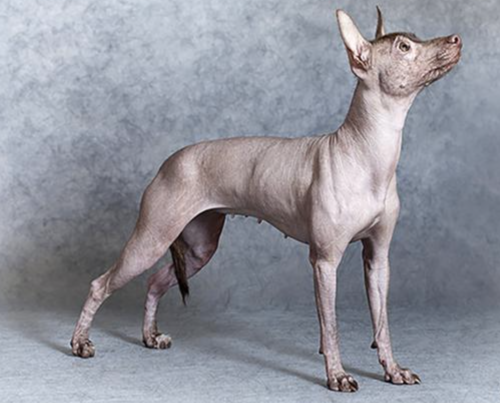In the rich diversity of nature, many animals have a variety of different names, but animals that begin with the letter "X" are relatively rare and unique. They may come from different ecosystems, have unique ways of survival and amazing adaptability. This article will explore those animals that begin with "X" to reveal their biological characteristics and their importance in the ecosystem.
X-ray Tetra is a fish that lives in freshwater in South America and is named for its transparent body. Through their bodies, you can see their internal organs, as if they were irradiated by X-rays. X-ray Tetra mainly lives in the clear waters of the Amazon River Basin. It is a gentle and gregarious fish that is commonly found in aquariums.
Habitat: Lakes and rivers in the Amazon River Basin.
Main features: Transparent body, yellow and black tail fin, docile personality.
Diet: Small invertebrates, plankton.

Xantus’s Hummingbird is a hummingbird that lives in southern Mexico and is named after Hungarian zoologist John Xantus. They are small in size, with fast-moving wings, feed on nectar and help pollinate flowers. This hummingbird has bright colors, especially the males have dazzling green and red feathers.
Habitat: Scrubs and forests in southern Mexico.
Main features: Bright colors, fast flight.
Diet: Nectar and insects.

Xerus is a ground squirrel living in sub-Saharan Africa, also known as the "African ground squirrel". They live in dry grasslands and desert areas and are good at digging caves. Xerus mainly feeds on seeds, rhizomes and small insects of plants, and lives in a highly social group.
Habitat: Arid areas of sub-Saharan Africa.
Main characteristics: Highly social and good at digging.
Diet: Plant seeds, fruits and insects.

Xenopus is a species of African clawed frog, also known as the African clawed frog. They are known for their unique appearance and survival adaptation ability and are widely used in scientific research, especially in biological and medical experiments. Xenopus lives in freshwater lakes and rivers, has a flat body, well-developed hind legs, and is good at swimming.
Habitat: Freshwater lakes and rivers in Africa.
Main features: Well-developed hind legs, widely used in experimental research.
Diet: Insects, small aquatic organisms.

Xoloitzcuintli, also known as Mexican Hairless Dog, is an ancient dog breed from ancient Mesoamerican civilization. Known for their lack of hair and unique appearance, they were once considered sacred and healing. This breed is adapted to tropical climates, very intelligent and loyal, and is often used as a companion dog today.
Habitat: Native to Mexico and Central America.
Main features: Hairless, medium-sized, friendly to humans.
Diet: Similar to other dogs, the main food is dog food, meat, etc.

Xantus Nightjar is a nocturnal bird that lives in Mexico and Central America. They usually fly at night and mainly feed on flying insects. Xantus nightjars have excellent camouflage, and during the day they roost on the ground, and the color of their feathers allows them to blend in with their surroundings.
Habitat: Forests and scrublands of Mexico and Central America.
Main characteristics: Nocturnal, excellent camouflage.
Diet: Insects in flight.

Although there are relatively few animals starting with "X", they play a vital role in their respective ecosystems. From the role of X-ray fish in the food chain, to Xantus hummingbirds pollinating flowers, to the use of Xenopus in scientific research, these animals demonstrate their importance in biodiversity.
Many animal species starting with "X" are threatened by habitat loss, climate change, and human activities. Global conservation efforts are critical not only to protect these rare animals, but also to maintain the ecosystems they depend on. For example, the South American rivers where X-ray fish live are threatened by deforestation and pollution, and Xantus hummingbirds have lost an important food source due to climate change.
By strengthening ecological protection policies, reducing pollution and deforestation, and promoting habitat restoration programs, we can provide better protection for the survival of these animals.
Although the number of animals starting with "X" is small, they have unique ecological adaptations and evolutionary characteristics. These animals, from freshwater fish to birds to mammals, showcase the diversity and wonder of the natural world. Protecting these rare animals not only helps maintain biodiversity, but also helps us better understand the complexity and interconnectedness of the natural world.
animal tags: Xantus-Nightjar Xoloitzcuintli Xenopus Xerus Xantus-s-Hummingbird X-ray-Tetra
We created this article in conjunction with AI technology, then made sure it was fact-checked and edited by a Animals Top editor.